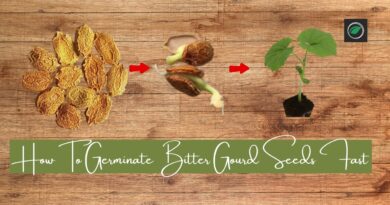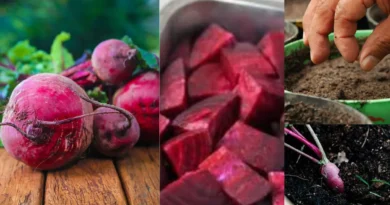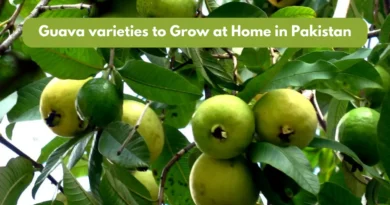Phalsa Plant (Grewia Asiatica)|Growing Phalsa & Care|
The sherbet berry or (Falsa/phalsa) is a unique and wonderful option to grow in your garden. The bright colors of phalsa (Grewia Asiatica) and their taste make them very attractive so that’s why most gardener like to grow them in their gardens.
In this comprehensive article, we will discuss deep about plant care and you can learn about growing phalsa, from the very beginning of selecting the perfect location to harvest the berries. If you are new to gardening then reading this article, you’ll be ready to plant your own successful sherbet berry (phalsa/falsa) garden.
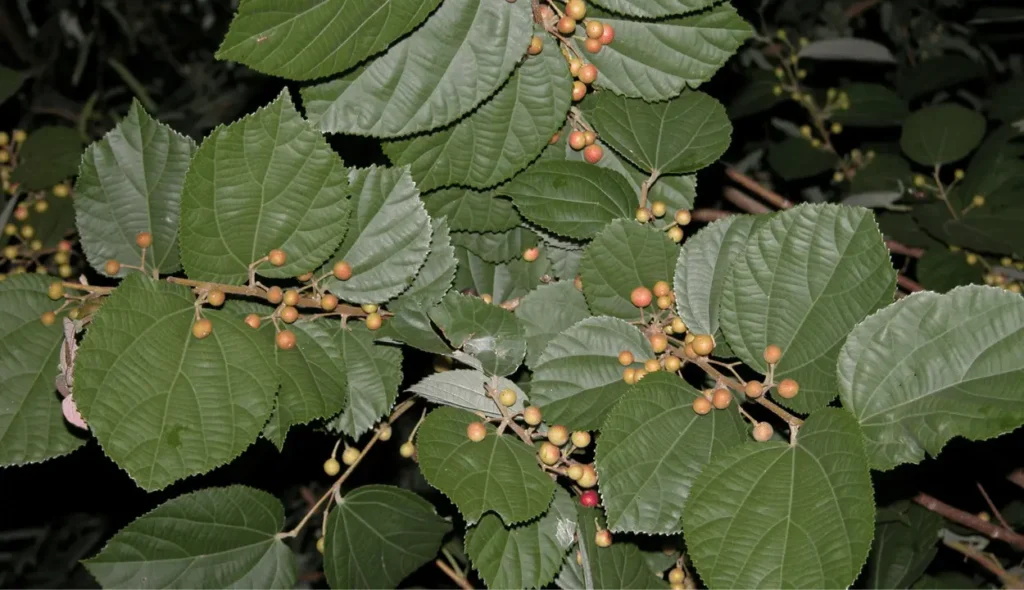
Table of Contents
More about Phalsa/Falsa (Grewia Asiatica)
Sherbet berry, botanically known as Grewia asiatica. It is locally known as phalsa or falsa. It is a plant native to South Asia that produces small, round berries that are dark purple to almost black when ripe. The phalsa or falsa have many health benefits because they are full of antioxidants.
The phalsa plant can do well in a variety of soil types and sherbet berries are used in traditional medicine. For best results, falsa or phalsa plants need full sunlight, drained soil, and regular maintenance.
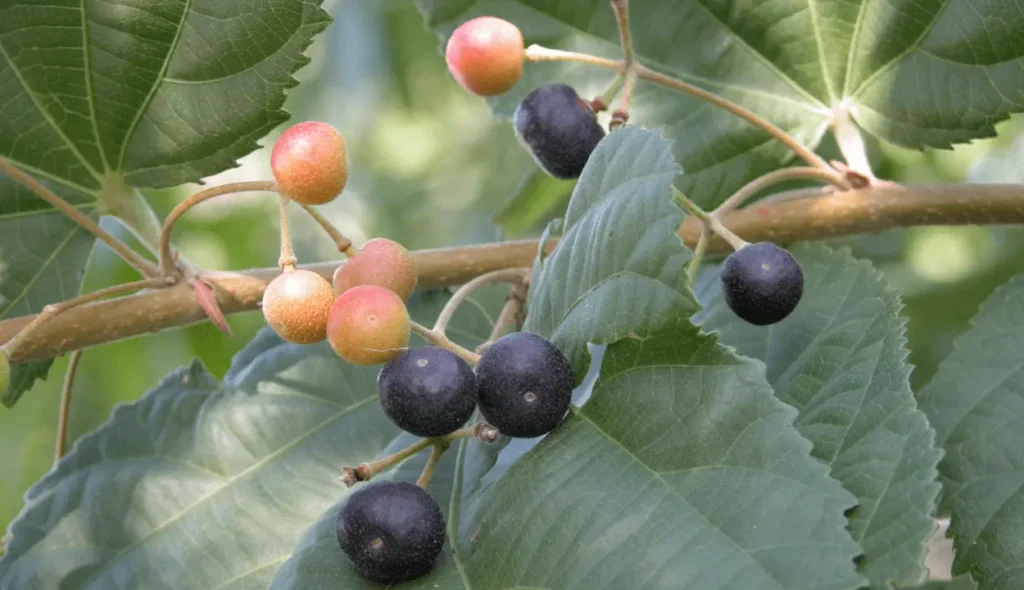
Growing Phalsa Plants by Seeds vs. Propagation Methods
Growing from Seeds:
- Cost-effective:
Phalsa (Grewia Asiatica) propagation from seeds is typically more cost-effective than other techniques.
- Variability:
It’s possible for seed-grown plants to display some genetic diversity, which could result in variations in fruit quality.
- Germination Time:
Phalsa seeds can take longer to germinate, requiring more patience. Seeds can be grown all over the year.
Propagation Method:
- Faster Growth:
Propagation methods like cuttings or air layering often result in the fast development of plants and start bearing fruit in less time.
- Clonal Plants:
In order to guarantee consistency in fruit quality, these techniques generate plants that are genetically identical to the parent plant.
- Reliability:
Compared to seeds, which might have varying germination rates, propagation techniques often have higher success rates.
- Specific Traits:
For propagation, you can choose parent plants with desired characteristics (such as exceptional fruit flavor), assuring constant fruit quality.
How to grow a Phalsa plant?
Below are the tips for growing phalsa or falsa plants in your garden you can follow the steps for successful growth :
Right Location for Grewia Asiatica
The Grewia Asiatica have some requirements for their successful growth and fruit production. Phalsa develop successfully in full-day sunlight, and less sunlight can cause a decrease in fruit production. You should protect the plants from strong winds to prevent damage to their delicate branches.
Planting Sherbet Berry Plants
The planting process unfolds in two important steps:
- Soil Preparation
Soil preparation ensures the availability of essential nutrients, a suitable pH level, and proper drainage. Nutrient-rich soil promotes healthy root development and robust berry production.
Nutrient-rich soil promotes healthy root development to enhance soil fertility you can add organic matter to the soil. In addition, removing weeds promotes a healthier environment for sherbet berry plants to grow.
- Planting
Dig a hole twice as large as the root ball of your falsa plant. Carefully remove the falsa plant from the container so the roots are not damaged.
Place the plant into the prepared hole, fill the pot with soil, and water it. After you plant phalsa in your garden the journey begins to become a fruitful addition to your garden.
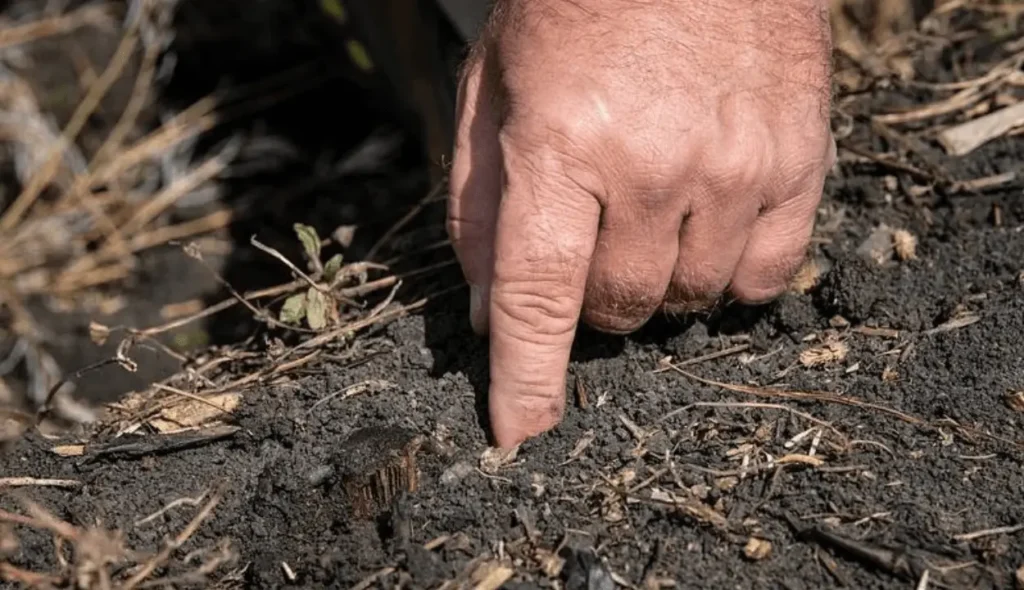
Fertilizing
Using a balanced, slow-release fertilizer in the spring is beneficial for the falsa plant. Fertilizing includes adding nutrients like nitrogen, phosphate, and potassium.
These nutrients support photosynthesis, root growth, and flowering. Maintain constant nutrient balance and refrain from adding too much nitrogen, which could encourage excessive leaf growth and reduce fruit yield.
Compost and manure are examples of organic fertilizers. Synthetic fertilizers include granular and liquid formulations. If you use synthetic fertilizers we will recommend you to use water soluble fertilizer.
Pruning and Training
Regular pruning and training are necessary as your plant matures to promote healthy development:
- Pruning
Phalsa plant are pruned in the early to late spring. Pruning is done to keep the plants healthy and increase fruit production. Cut any broken or dead branches so that more sunlight and air can reach the plant.
Remove branches that are crossing each other. Pruning encourages new plant growth and reduces the risk of fungus and pest attacks. It is important to cut suckers growing from the base of the plant to maintain a single-trunk shape.
- Training
Training phalsa plants involves promoting their neat and structured growth. Use supports or trellises to support the growth of your sherbet berry plant to make sure it develops successfully and upright. Gently tie the branches to the support structure to prevent sprawling and maintain an orderly appearance.
Training keeps the plants healthy and enhances the quality of the fruit because they get more sunlight and fresh air.
Common pests and diseases with the treatment of Sherbert berry (falsa) plants:
Pests:
- Aphids and Mealybugs:
Spray the affected areas with a mixture of water and mild dish soap (1 teaspoon per liter) to deter and suffocate the pests. Neem oil or insecticidal soap can be used for severe infestations.
- Fruit Flies:
Use fruit fly traps or baits to reduce their population. Harvest Phalsa berries promptly when ripe to minimize egg-laying opportunities.
- Scale Insects:
Gently scrape scale insects off the plant using a soft brush or cloth. Apply horticultural oil or neem oil to control severe infestations.
Diseases:
- Powdery Mildew:
Remove affected leaves and dispose of them. Apply a fungicide labeled for powdery mildew control according to package instructions.
- Leaf Spot:
Prune and dispose of infected leaves. Apply a copper-based fungicide to manage severe outbreaks.
- Anthracnose:
Prune and remove infected parts of the plant. Apply a fungicide with active ingredients like copper or chlorothalonil.
- Root Rot:
Improve drainage to prevent waterlogging. Avoid overwatering and remove affected plants promptly to prevent further spread. Regular monitoring, good cultural practices, and early intervention are essential in effectively treating and managing pests and diseases in Phalsa plants.
Harvesting and Culinary Uses
Harvesting the fruit is one of the most satisfying moments after taking care of plants in gardening.
- Harvesting
When sherbet berries color changes from green to dark purple to black, then they are ready for harvest. The fruit starts changing color from late spring to early summer. Pick the ripe berries with care using your fingers.
Phalsa berries can be rather fragile, so take care not to squeeze or harm the delicate fruit. Phalsa berries do not all ripen at the same time. Harvest regularly as you notice ripe berries to prevent over-ripening or spoilage.
- Culinary Uses
Sherbet berries can be consumed raw, added to fruit salads, or used to create stunning sweets. Making sweet spreads like jams and jellies is another excellent use for them. You can make ice cream or smoothies of sherbet berries if you want something cool and hydrating. The phalsa can give a variety of tasty foods a blast of flavor!
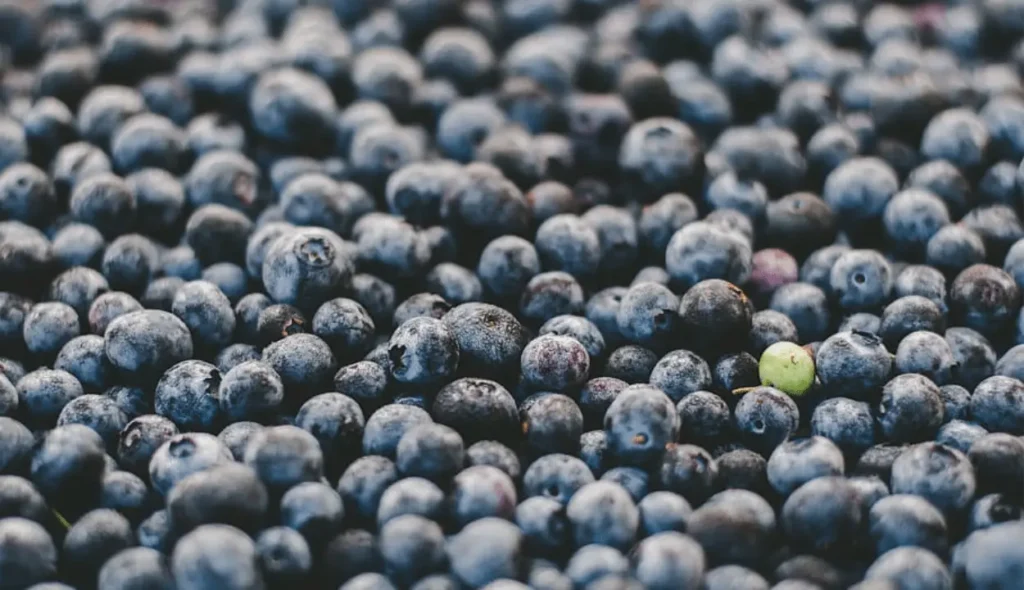
Conclusion
Growing Phalsa (Grewia Asiatica) plants in your garden can be incredibly rewarding. By keeping in mind the guidelines outlined in this article, you can grow and take care of phalsa plants for a bountiful harvest.
Always select the right location, provide proper care, and good soil, and prune these steps will promote plant health. Your Phalsa garden will grow and bring you happiness and culinary ideas with hard work and care.
FAQs
Can phalsa or falsa plants be grown in pots?
Yes, sherbet berry plants can flourish in big pots or containers as long as they get enough sunlight and have soil that drains effectively. Phalsa plants are great for gardens of all sizes due to their adaptability.
How often should I prune my Phalsa plants?
The ideal time to do pruning is late winter or early spring before the plant’s new growth starts. Pruning on a regular basis guarantees a healthy, well-shaped plant.
Are sherbet berries easy to grow for beginners?
Sherbet berry (phalsa) are low-maintenance plants as compared to other fruit plants, which makes them a good choice for new gardeners. Sherbet berry (phalsa) is a hardy plant which makes them a great starting point for those new to gardening.
Do phalsa plants attract pests?
Although Grewia Asiatica (phalsa) plants are normally pest-resistant, it is nonetheless advised to keep a close eye on them. It’s best to watch your plants closely since aphids, mealybugs, and scale insects may appear.
Can I freeze sherbet berries for later use?
Sherbet berries (phalsa) can be frozen to increase their shelf life and be used in a variety of recipes all year. After washing and drying, store in freezer containers.


